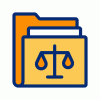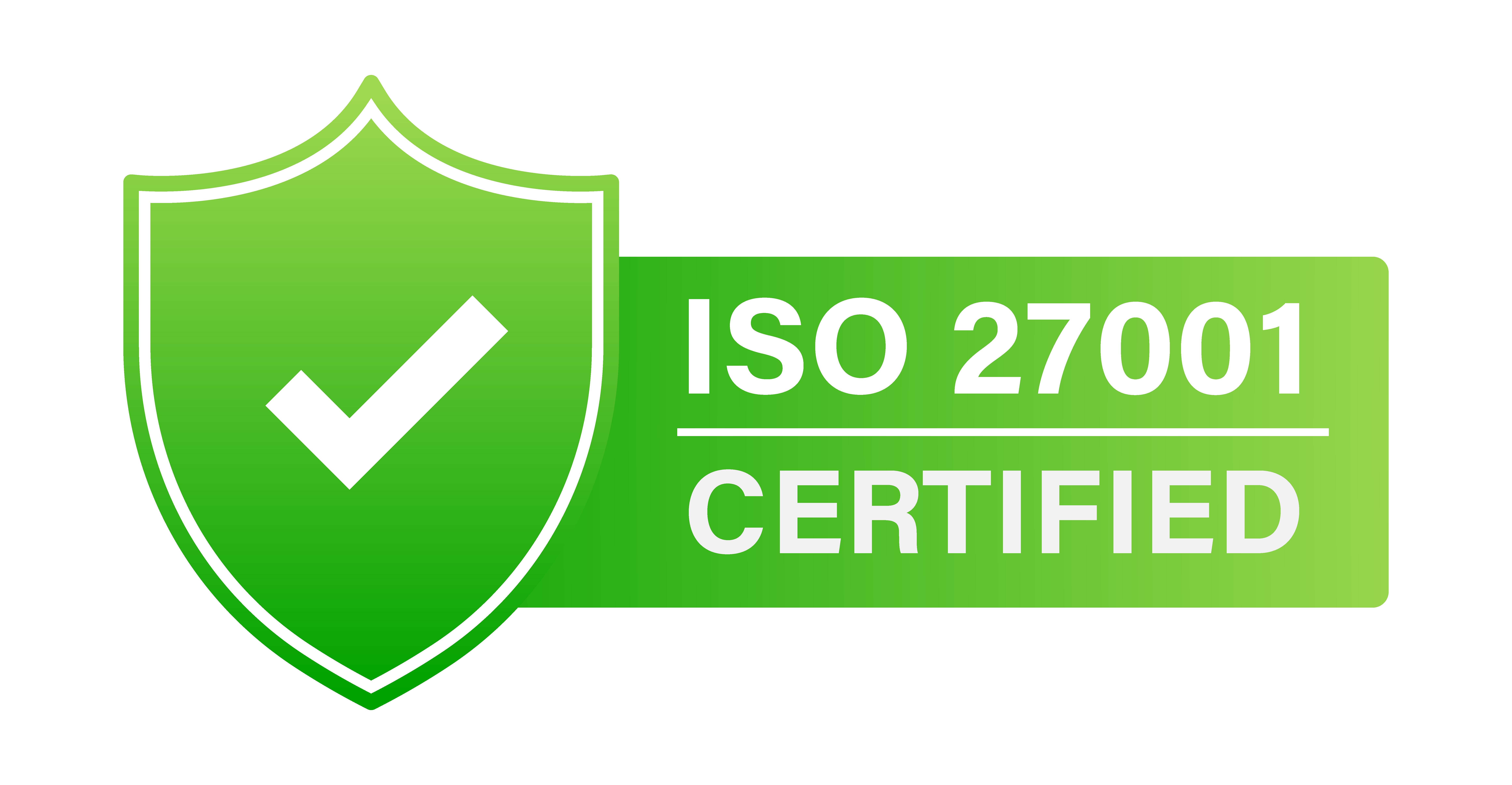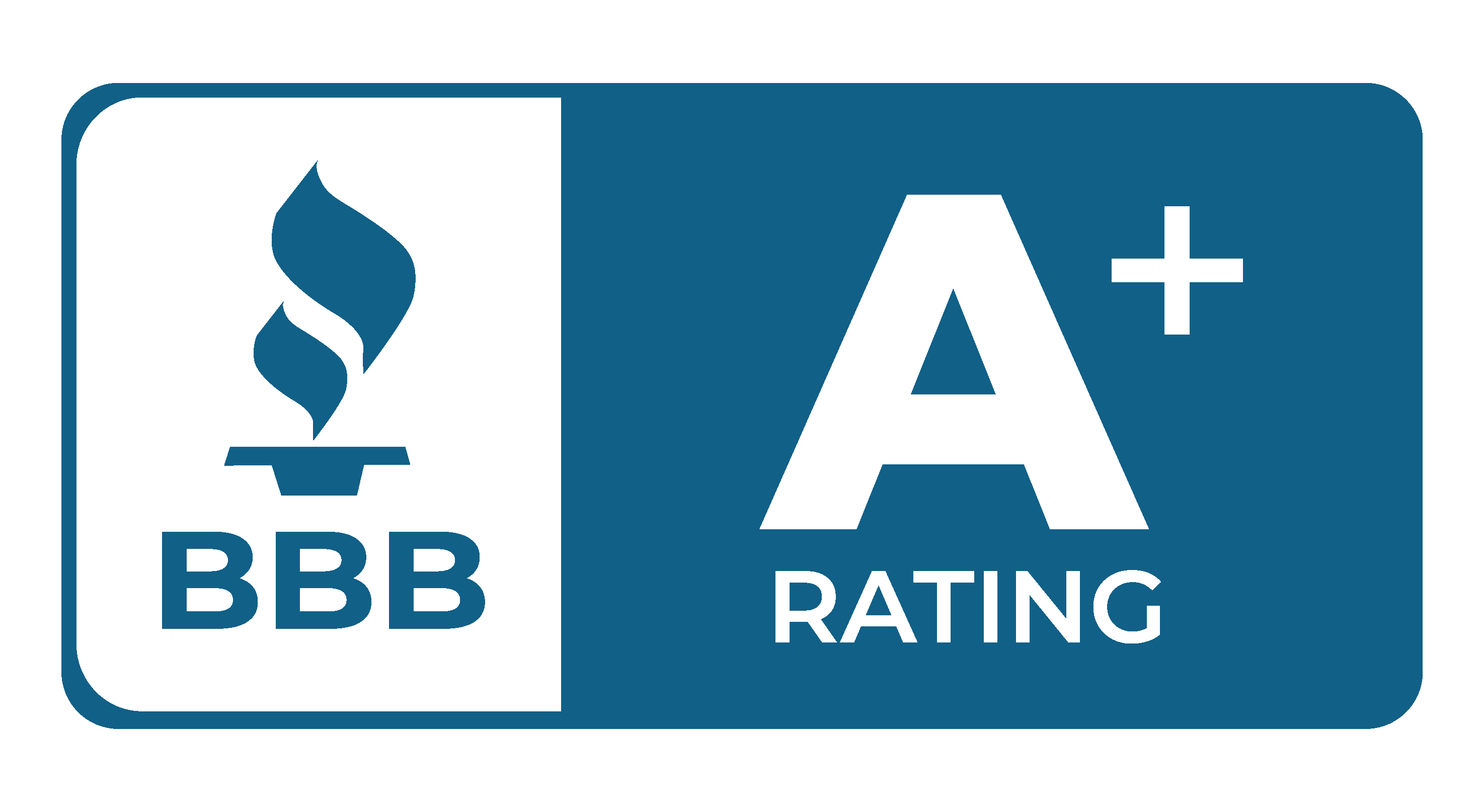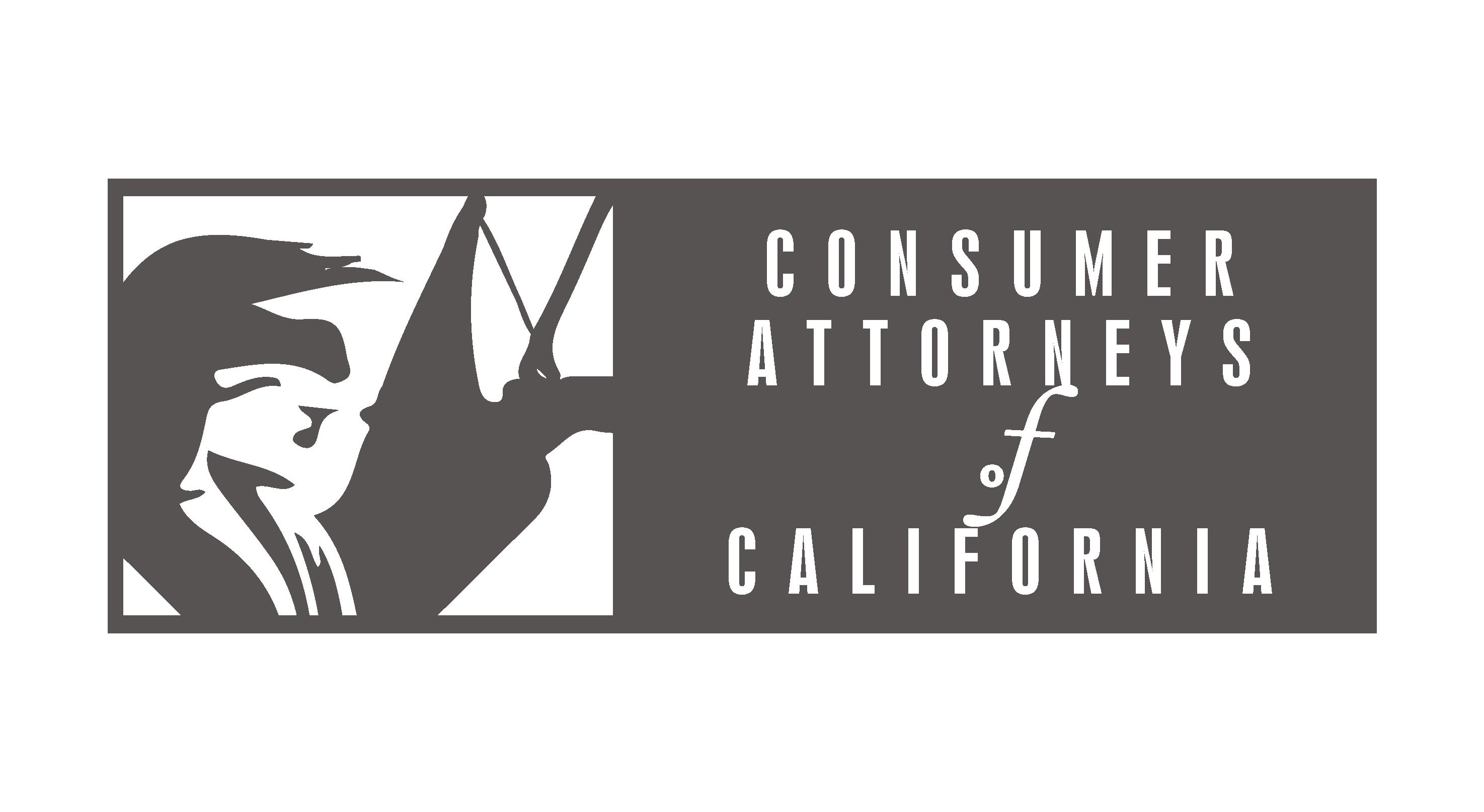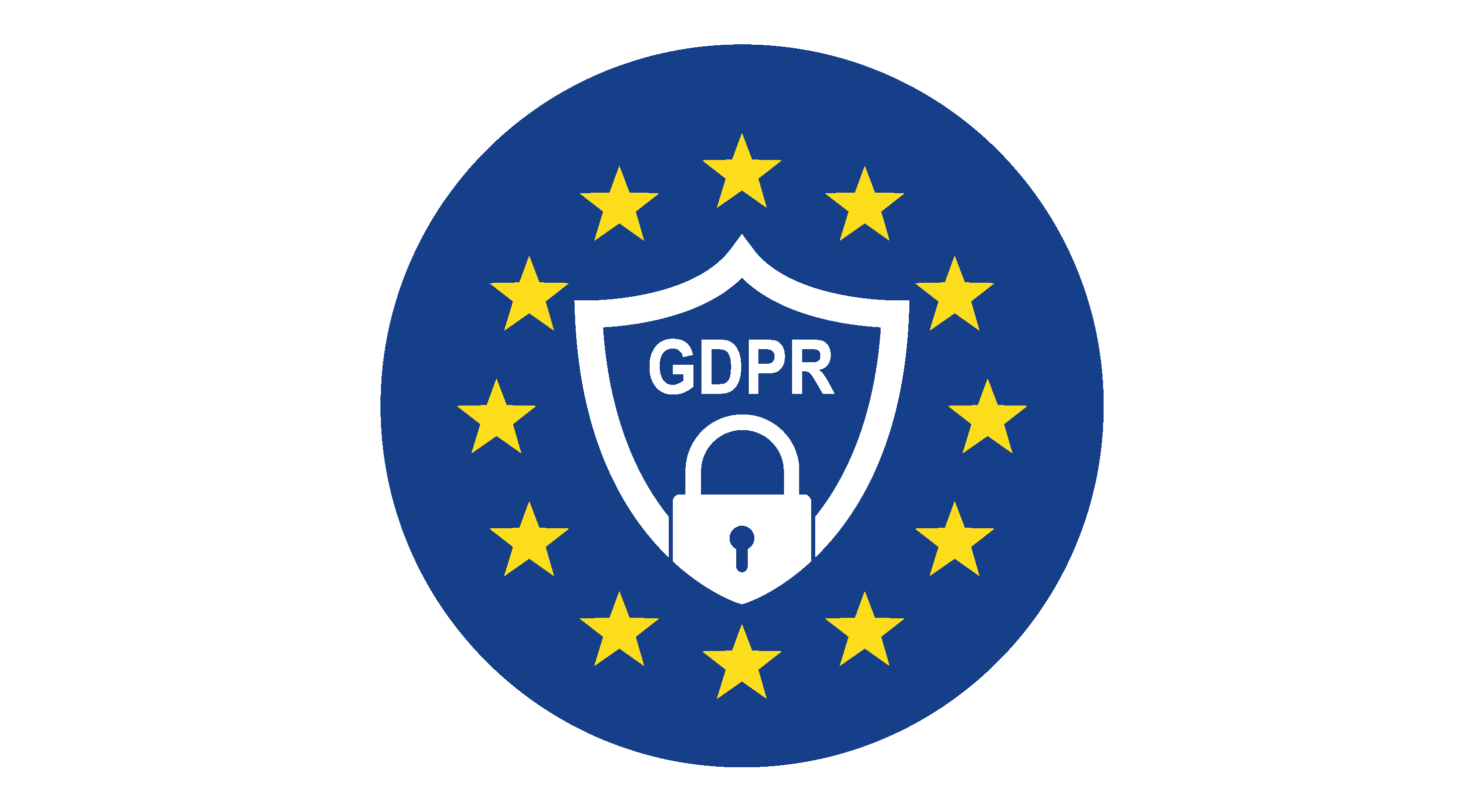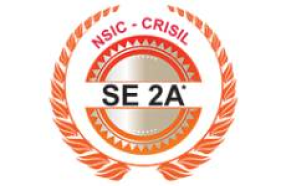The Demand writing Services provided by Neural IT are designed to positively impact the quality of services offered to your clients.
A powerful Demand is crafted to promptly persuade the opposing party to resolve a legal dispute without proceeding to trial. At Neural IT, Demand Letters are meticulously drafted by Legal and Medical professionals to create a significant impression, aiming to resolve the legal dispute effectively. A Neural IT settlement demand letter serves as an ideal solution to address court cases. A well-crafted injury claim demand letter has the potential to lead to an out-of-court settlement, addressing issues in a manner that offers clients a better chance to avoid legal fees and stressful court visits. The likelihood of filing a lawsuit is reduced by the subtle undertones of a Demand Letter. While drafting an effective demand letter presents challenges, Neural IT is equipped to help you overcome them. The following discussion outlines the benefits of entrusting Neural IT with your demand letter drafting needs.
Parts Of A Settlement Demand Letter
When constructing a demand letter, the layout is important but so too are grammar, spelling, and attention to detail. Make sure that all parties mentioned in the letter have their personal or business names correctly spelled and that the document in professional-looking and error-free.
It's also good to use approximations when discussing events to account for generalities, slight measurement differences, and the tricks that your mind can play on you during times of stress. For example, while a car wreck may have occurred at noon exactly by your vehicle's clock, another vehicle or security camera may say 12:02, leading to potential inaccuracies the defendant's lawyer could exploit. Use phrases like "about", "on or around", or just "approximately" when needed to allow for a factual account with some leeway for discrepancies.
Demand Letter Heading
The heading of your demand letter should explain the relationships between involved parties and their identities. It should include your name, address, and a date for the letter. If sending to an insurance company, you would include their name, address, and a line directing the personal injury cases to the attention of an adjustor by name and title if one has been assigned to your claim. Next will be the name and address of the at-fault party, including their policy number and any claim number if the letter is going to their insurance carrier. End your heading by stating the date and type of injury and plainly that this letter is being issued only for settlement purposes so that, if you are forced to sue, it cannot be used to "cap" your compensation.
The Introduction, Accident, And Injury
A simple introductory preface followed by a brief description of the accident and injury should open your letter. This should include a broad outline of the accident's location, time, and the parties involved. You'll follow this paragraph with a short description of the damages. This opening section sets the groundwork for the details to follow in your settlement demand letter.
Basis For Damages
The lengthiest section of your letter will layout your claim in detail. Start by providing background context, then descriptively walk the reader through the accident. Afterward, you will need to detail the injuries and/or property damage you've suffered as well as the actions you've taken to repair those damages and return to your previous lifestyle. Finally, you should state your reasoning for why the defendant was directly responsible for causing these injuries to you. Keep this information descriptive but factual, as you will need to attach documentation to your personal injury cases to back up your statements.
The Ask
Now that you've provided the description of the accident and its aftermath, it's time to make your demand for compensation. Start by listing the specific and documented damages first. This can be the cost of repairs to your property, medical care for yourself, and lost wages from your recovery time. Next, you'll ask for general damages, such as pain and suffering or emotional distress, restating your justification for the amounts you've asked in your settlement offer.
Signed, Sealed, Delivered
Lastly, close out your personal injury demand letter with a final restating of your case distilled down to a single sentence and a timeline before ending it professionally but cordially. Advise them documentation is attached, sign your settlement demand letter in black or blue ink, and make two copies
Mail one copy to the insurance company (or defendant if no insurance company is involved) via the United States Postal Service's certified mail, return receipt requested service. This ensures tracking and provides not only proof of mailing but also proof of delivery. When you receive the delivery receipt, attach it to one copy and keep it for your records. The third copy will be your "working copy" to use when speaking with an adjuster, negotiating a settlement, or to take notes on as needed.













